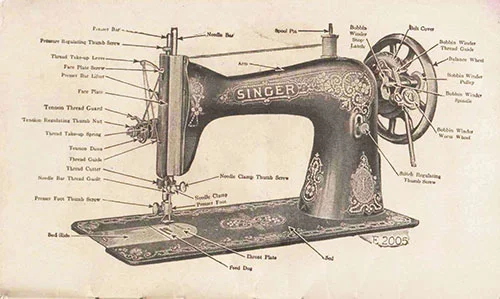When did "automation" and "productivity" become bad words in Fashion
The process of converting complex fashion design concepts into the precise patterns needed for production can be a labor intensive, time-consuming and costly process. Companies that have chosen to automate the process are seeing significant improvements in productivity. Where is your company in the process? Are you leading or following in the transition to digital?
Increased automation = Increased productivity
Since the Industrial Revolution, the automation of human labor has run hand-in-hand with productivity gains, economic growth and an increase in the number of jobs and prosperity. It is productivity growth that largely accounts for why most of us are six times better off than our great-grandparents. (excerpt taken from the Feb 2018 issue of ICON magazine)
The last major automation innovation in the fashion industry was the sewing machine. And while new, automated sewing machines are clearly on the horizon, digital pattern making software like the tools from ExactFlat are ready now, and easy to implement.
In a recent Business of Fashion article the case for automation is summed up as follows:
Automated digital manufacturing could also drive greater on-demand production, leading to increased customization and decreased inventory risk. "Build now'" is the missing piece of the current "see now, buy now” model. The traditional approach still requires brands to make upfront bets on what will actually sell. In contrast, automation allows brands to produce in response to demand, faster than ever, eliminating guesswork and waste.
Digital Patterning just makes sense
With digital patterning designers can create patterns in minutes increasing productivity by an order of magnitude. A digital process also makes it easy to incorporate changes to the design or production process without requiring the need to re-create the pattern from scratch for every iteration. The science and practicality of digital patterning is simple:
- Start with a 3D design model which captures all of the details of the product or garment
- Flatten the 3D design into precise 2D patterns using digital patterning software which simulates the actual folding, stretching and draping of the fabric
- Utilize automated printing and cutting tools to:
- Transfer the graphics to the fabric (no need for pre-printed fabrics)
- Cut pieces that fit right on the first try (reduce or eliminate iterations)
- Consider automated sewing or ultrasonic welding solutions which can add even more productivity and competitive advantage to your business
To learn more about how digital pattern can help you automate your process and increase productivity just click the link below and ask to speak with an expert.









